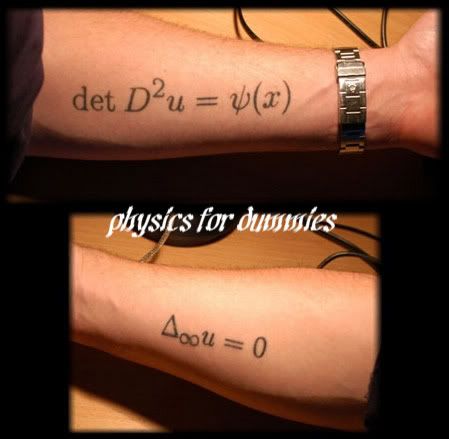
Many instruments have been invented to measure pressure.
A manometer could also be referring to a pressure measuring instrument, usually limited to measuring pressures near to atmospheric. The term manometer is often used to refer specifically to liquid column hydrostatic instruments.
A barometer is an instrument for measuring atmospheric pressure, used especially in weather forecasting.
A McLeod gauge isolates a sample of gas and compresses it in a modified mercury manometer until the pressure is a few mmHg.
Aneroid gauges are based on a metallic pressure sensing element which flexes elastically under the effect of a pressure difference across the element.
A Bourdon gauge uses a coiled tube, which, as it expands due to pressure increase causes a rotation of an arm connected to the tube.
Piston-type gauges counterbalance the pressure of a fluid with a solid weight or a spring.
A vacuum gauge is used to measure the pressure in a vacuum.
Hydrostatic gauges (such as the mercury column manometer) compare pressure to the hydrostatic force per unit area at the base of a column of fluid.
Liquid column gauges consist of a vertical column of liquid in a tube whose ends are exposed to different pressures. The column will rise or fall until its weight is in equilibrium with the pressure differential between the two ends of the tube. A very simple version is a U-shaped tube half-full of liquid.
Sources:



No comments:
Post a Comment